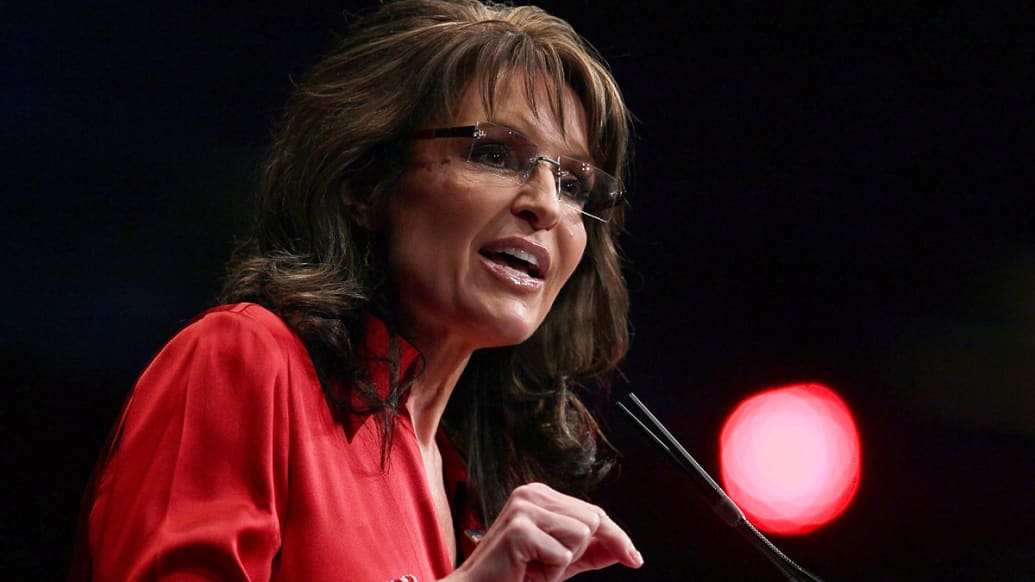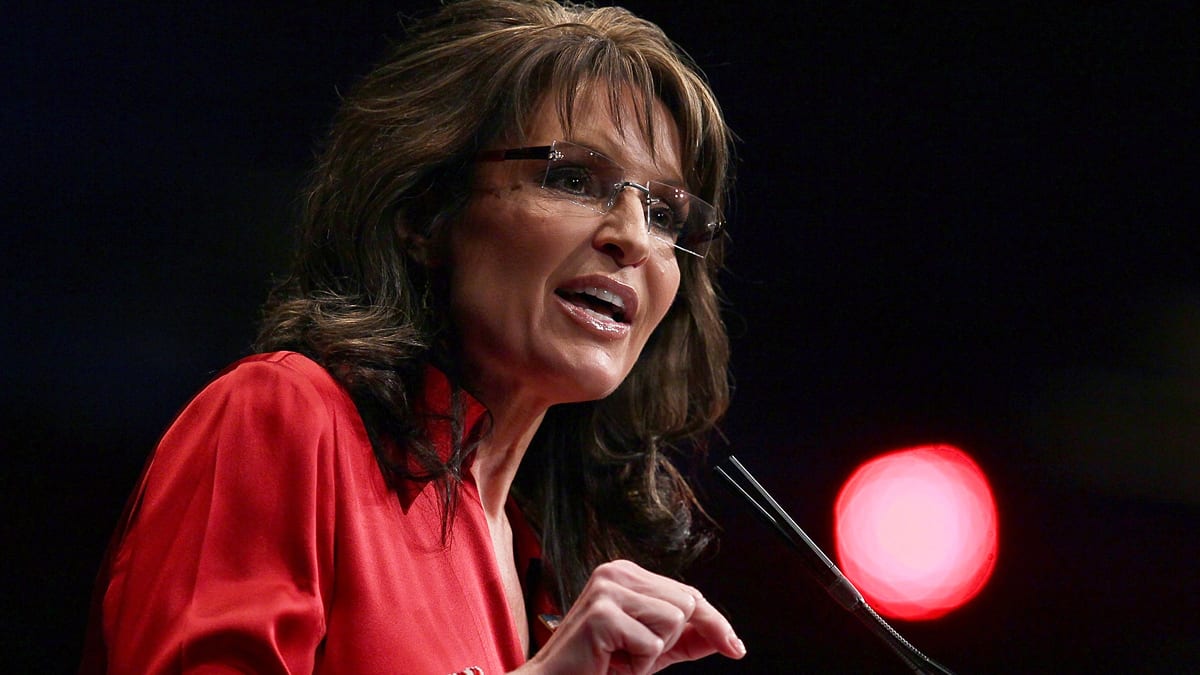Is Sarah Palin back?
That’s the question on the minds of Washington’s political class in the wake of the surprising primary result from Nebraska. For those not up on their Cornhusker politics, a little-known two-term state senator named Deb Fischer edged out two statewide office holders, Attorney General Jon Bruning and state Treasurer Don Stenberg, for the GOP U.S. Senate nomination.
Former U.S. Sen. Bob Kerrey easily won the Democratic nomination.
Fischer won with about 40 percent of the vote. Bruning was second with just under 36 percent, and Stenberg was third among the serious candidates with about 19 percent.
The intriguing nature of Fischer’s win is that the new GOP establishment, defined as the Club for Growth and Sen. Jim DeMint of South Carolina, had endorsed Stenberg. Palin endorsed long-shot Fischer.
If Stenberg had not gotten those endorsements, it is quite possible that most of his support would have gone to Bruning, who lost by 10,000 votes, and might well have pushed Bruning past Fisher into the lead.
But that didn’t happen, and the Club for Growth has been uncharacteristically quiet about its involvement.

Palin, however, is taking a well-deserved victory lap.
The former Alaska governor spent much of last fall teasing Republicans and the national press corps by jumping into and out of the limelight. Her appearance at the Iowa State Fair, pegged to the state GOP’s straw poll in Ames, was the equivalent of Pippa Middleton having shown up to have a deep-fried Snickers bar.
The Tea Party, whatever that is, was given credit for the result in Indiana last week, when another state treasurer, Richard Mourdock, trounced long-time incumbent Sen. Dick Lugar. There is no Tea Party, so there was no one to take the lap.
But there is a Sarah Palin and she might be, at long last, maturing into her role as cheerleader, fundraiser, and crowd-builder for candidates she supports without overwhelming those candidates by the weight of her considerable personality.
Last cycle, according to The Washington Post, Palin endorsed 64 candidates, of whom 33 won. A barely-above-water winning percentage (52-48) was not embarrassing, but it tended to diminish the value of a Palin endorsement. Diminishing the value of a Palin endorsement diminishes the value of the Palin brand.
Hence the realignment.
Of the 64 candidates Palin endorsed in 2010, 27 were women. Very few remember the 25 whose names were not Sharron Angle (Nevada) and Christine O’Donnell (Delaware). But many people believe that after throwing her weight behind those two wholly unqualified candidates, Palin deserves at least some responsibility for Democrats maintaining a 51-49 margin in the U.S. Senate.
Unlike O’Donnell and Angle, Fischer was a legitimate, if not terribly well known, contender. Nebraska has a unicameral legislature with only 49 members. Fischer was among the 34 of those who are Republicans, even though the legislature is officially nonpartisan.
The point is, Fischer had run for public office before, was successful at least twice, and was well enough established to have a base from which she could mount a statewide campaign.
In this era of global “throw the rascals out” politics (see also: Dick Lugar and Nicolas Sarkozy), it is possible that Fischer was in the sweet spot. She was in politics but not known as a big-time politician, while her two opponents were statewide office holders and thus represented the rascals who needed to be thrown out.
If Palin picks her spots through the rest of this election cycle as well as she did in Nebraska, she might, without having spent a dime as a presidential candidate, be the second biggest name in Tampa this August, and her endorsement will really mean something down the home stretch this fall.
If so, Sarah Palin will indeed be back.

